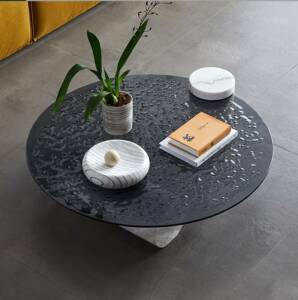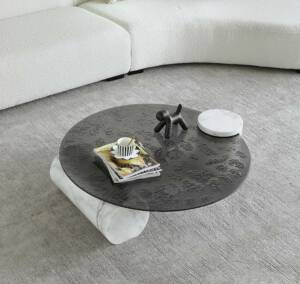-
Protective glass tabletops can add decades to the life of your favorite furnishings.
-
It costs less to protect your wood furniture with glass than it does to have it restored or refinished.
-
Glass tops require frequent cleanings.
If you know it’s only a matter of time before scratches and cup rings begin to dot your wood tables and desks, consider protective glass tabletops. They’re inexpensive, durable, easy to customize, and guaranteed to lengthen the life span of new and old objects alike. But they also come with a couple of downsides, like the fact they can sometimes make blemishes even more noticeable than they originally were.
Use this guide to find out if a protective glass tabletop is right for you, as well as everything you need to know to choose the best option if you decide to protect your wood furniture with glass.


Why Should I use a Glass Table Cover?
Consider investing in protective glass tabletops if you know your wood furniture will see a lot of action or you want to add a new design element to your space. Otherwise, you can forget about covering any infrequently used objects or items you’d like to enjoy in their original state.
What’s the Recommend Thickness for a Protective Glass Tabletop?
The amount of support a protective glass tabletop has determines how thick it should be. It needs to be thicker when there’s less support and thinner when there’s more. Most wood furnishings have solid and sturdy bases to begin with, so you can get away with a relatively thin glass tabletop. The most popular options are 1/4-inch, 1/2-inch, and 3/4-inch thick, and the thicker varieties tend to feel more substantial.



